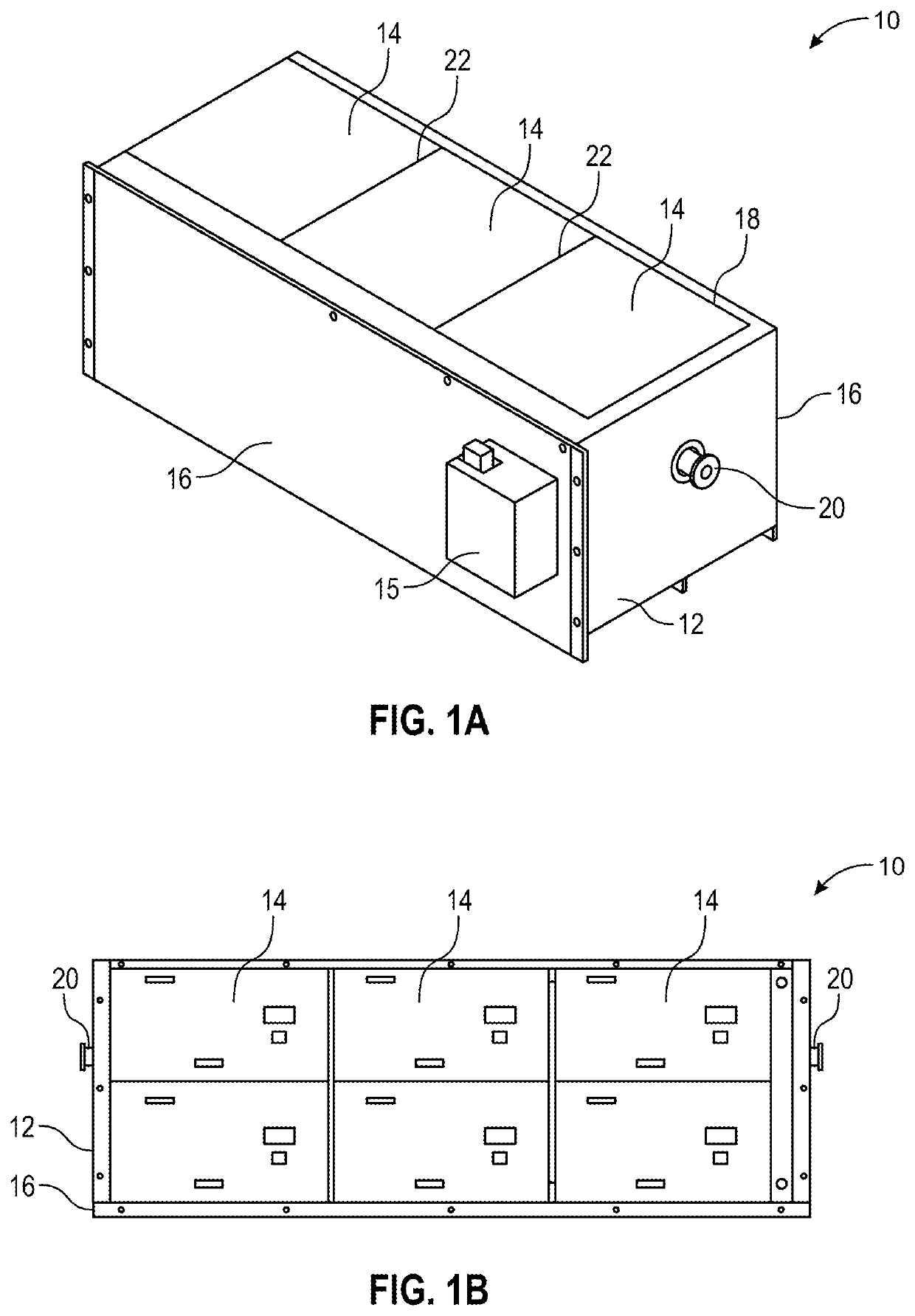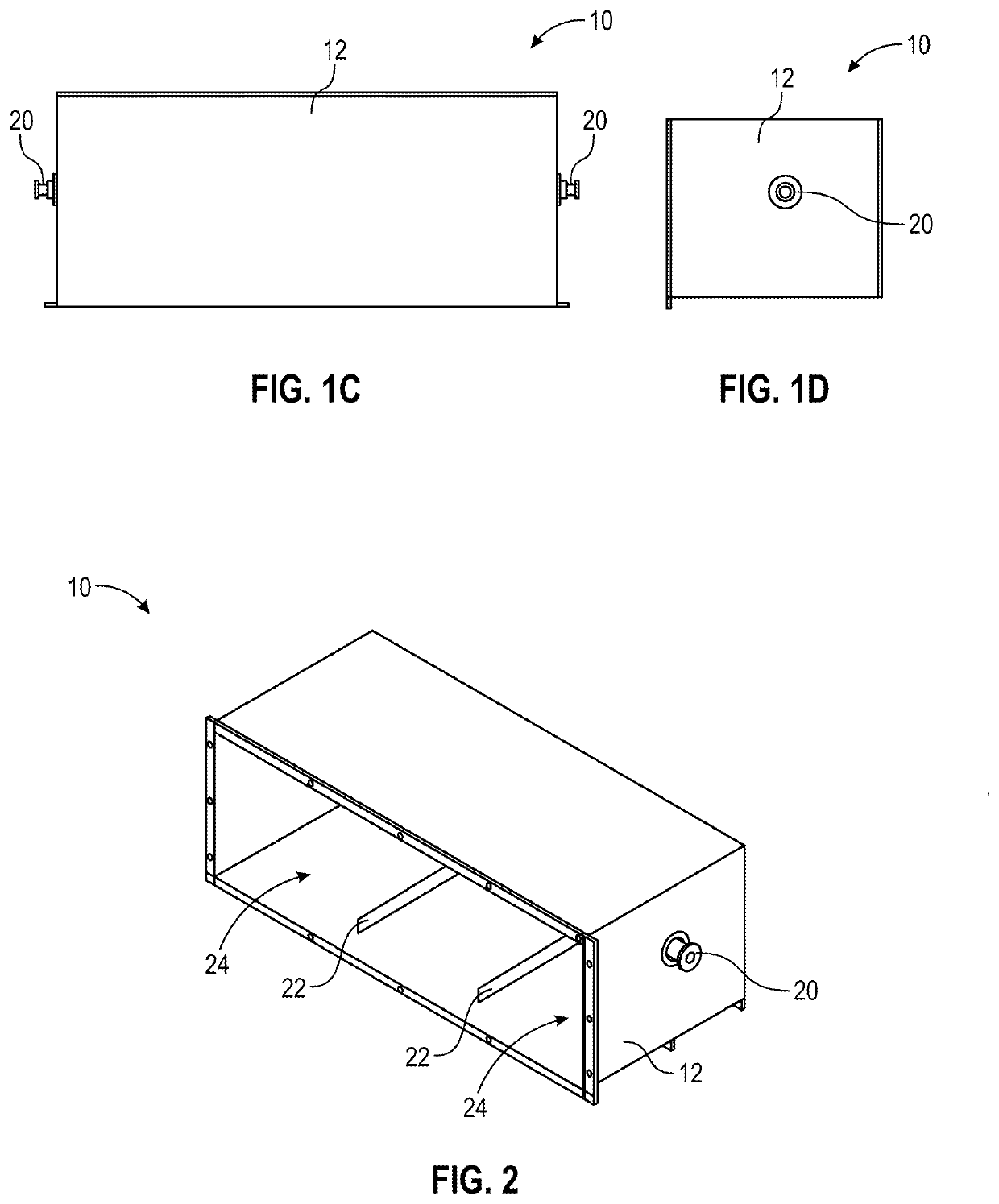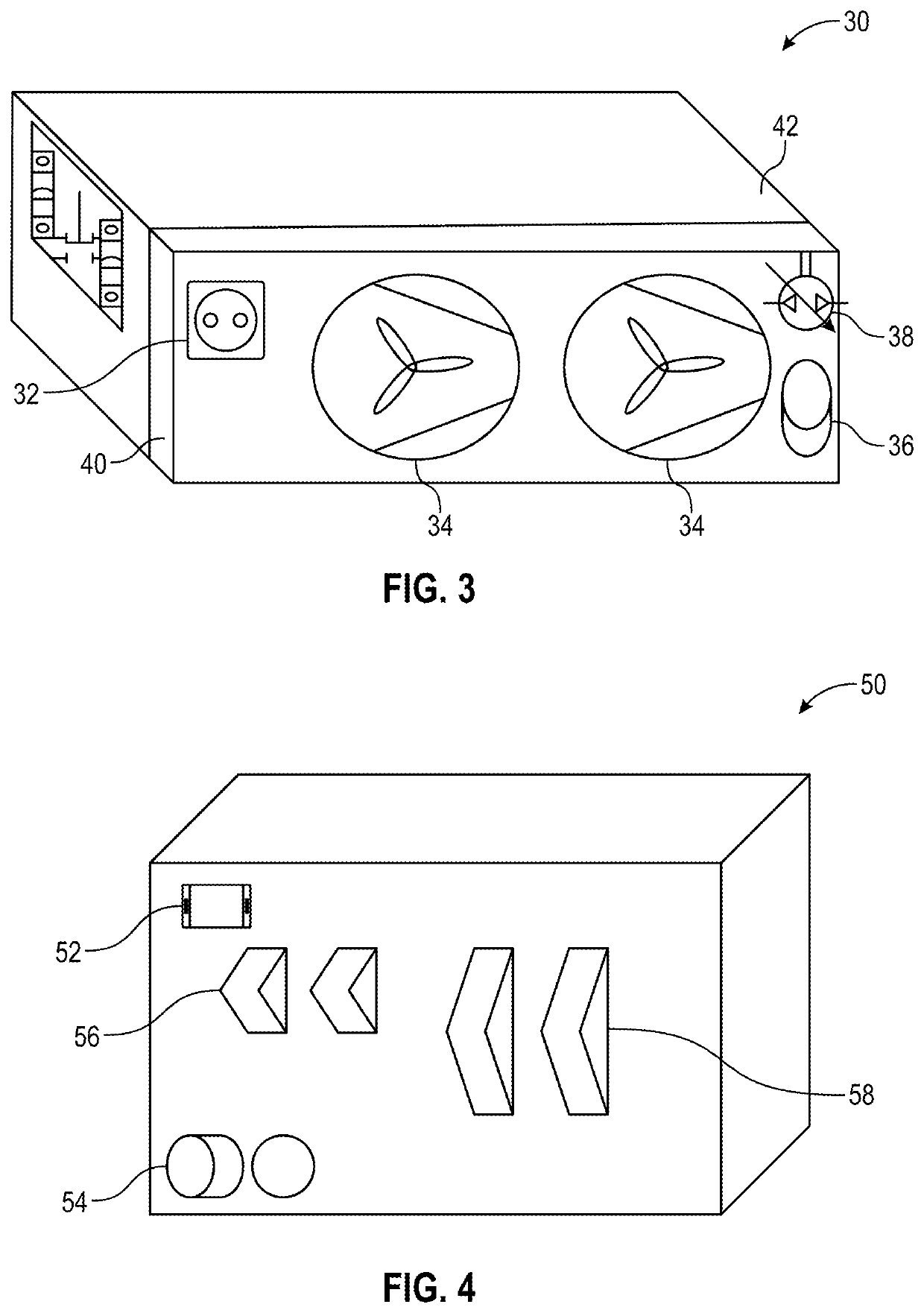Universal battery pack, electric vehicle powertrain design and battery swapping network with battery health management
a battery pack and universal technology, applied in the direction of batteries, secondary cells, battery servicing/maintenance, etc., can solve the problems of high cost of battery installation or pumping hydro, lack of production enough to meet the base load, and surplus of production and curtailment, so as to achieve better accuracy, precision and speed
- Summary
- Abstract
- Description
- Claims
- Application Information
AI Technical Summary
Benefits of technology
Problems solved by technology
Method used
Image
Examples
Embodiment Construction
[0054]One or more embodiments of the invention are described below. It should be noted that these and any other embodiments are exemplary and are intended to be illustrative of the invention rather than limiting. While the invention is widely applicable to different types of systems, it is impossible to include all the possible embodiments and contexts of the invention in this disclosure. Upon reading this disclosure, many alternative embodiments of the present invention will be apparent to persons of ordinary skill in the art.
[0055]FIGS. 1A, 1B, 1C and 1D show a side perspective view, a front view, a rear view and a side view, respectively of a battery latch assembly 10, in accordance with one embodiment of the present invention. Battery latch assembly 10 presents housing 12. Housing 12 provides a material made of metal, plastic, or any other suitable material. Housing 12 comes in different shapes and sizes depending on the need. Housing 12 receives one or more Universal Battery Pa...
PUM
 Login to View More
Login to View More Abstract
Description
Claims
Application Information
 Login to View More
Login to View More - R&D
- Intellectual Property
- Life Sciences
- Materials
- Tech Scout
- Unparalleled Data Quality
- Higher Quality Content
- 60% Fewer Hallucinations
Browse by: Latest US Patents, China's latest patents, Technical Efficacy Thesaurus, Application Domain, Technology Topic, Popular Technical Reports.
© 2025 PatSnap. All rights reserved.Legal|Privacy policy|Modern Slavery Act Transparency Statement|Sitemap|About US| Contact US: help@patsnap.com



